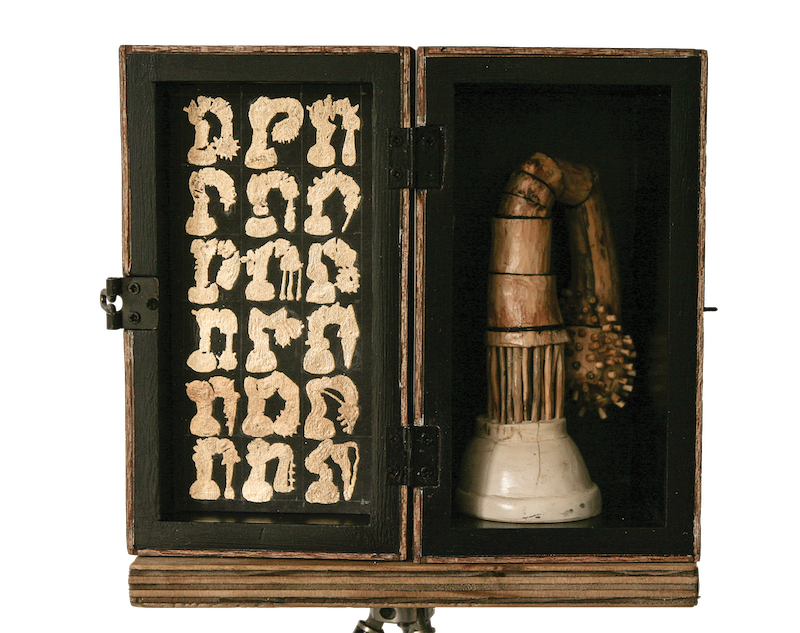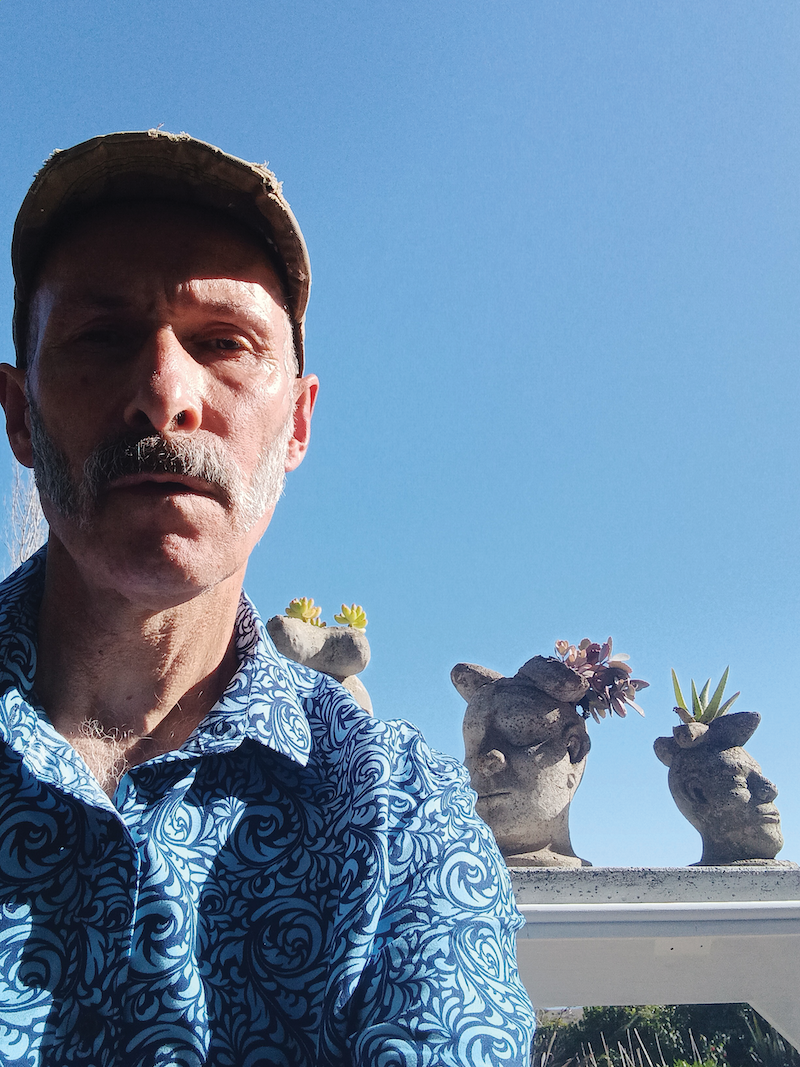How would you describe your artwork?
I generally work on a small, intimate scale, and my works are often presented as staged scenes that involve the interplay of a number of components. I asked my partner, Louise, what she thought the general vibe of my work was, and she replied, “Evolutionary.”
When did you first fall in love with art?
I think I have been making objects for as long as I can remember. My sister jokes that we must have a twitchy gene in the family because many of us seem to naturally drift towards tactile, creative activities when given the opportunity.
Is there anything special about your studio?
I am currently based on the west coast of the Waikato region. This area is reasonably remote, and because of this, it has retained much of its natural, raw beauty. We moved here from Wellington a few years ago in search of a more tranquil and connected life.
How long have you been practising as an artist?
I studied fine arts at the Otago art school and graduated with a DFA (Hons). The well-trodden path of building an exhibition profile and establishing working relationships with dealer galleries was not for me. I ended up teacher training and taught as an art teacher in Wellington for over 20 years while continuing my sculptural practice by targeting entries into recognised art competitions each year.
What materials do you use?
Sticks, plaster, concrete, clay, plastic. These are, in essence, building materials that have quite clear pragmatic functions in everyday life. I like to work with them outside of their natural contexts and invest them with new roles and new meanings.
What are you currently working on?
Lately I have been constructing a series of small objects based upon skeletal forms in the medium of wood. I’m really enjoying the intimate scale of these forms, which I think counteracts the bleached and raw surface qualities of wood structures.
Is there any other information you would like to contribute?
In the past, I have self-managed the exposure of my work. One of the key reasons I have chosen this pathway is based around my slow work process, which has led to a small output.
If you could add one artwork to your collection, what would it be and why?
Marcel Duchamp’s The Bride Stripped Bare by Her Bachelors, Even. For me, this work is such an inventive drawing, exuding a playfulness and ambiguity that borders on the magical. Each time I revisit this, I get the same hit.
Above: Artist Johnathan Lovering.

Johnathan Lovering, Maunga 1, 2023. Wood, 25 x 25 x 45cm.

Johnathan Lovering, Alpha, 2023. Wood, plaster, paper and gold leaf, 25 x 12 x 22cm.

Johnathan Lovering, The Parade of The Protégés, 2023. Concrete, 40 x 90 x 42.5cm.

